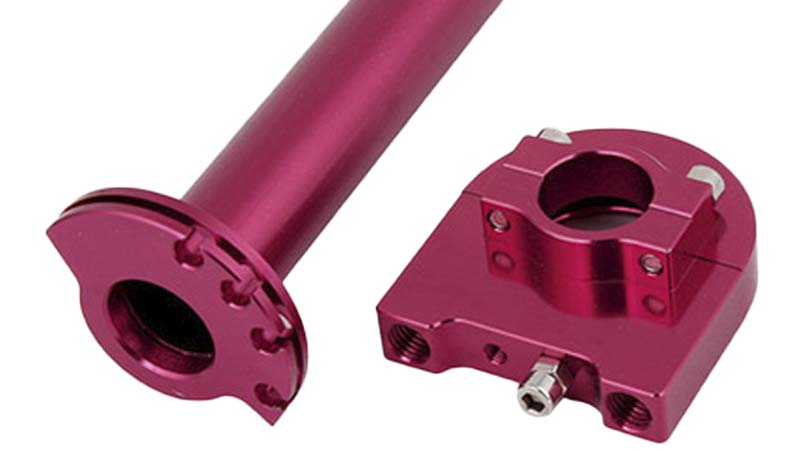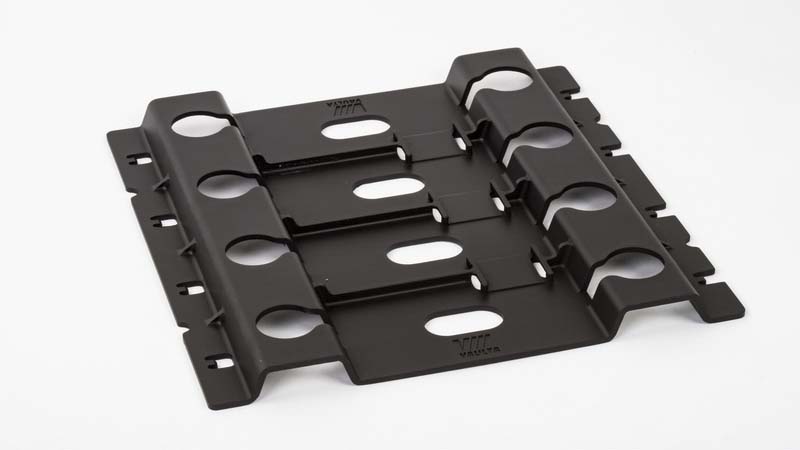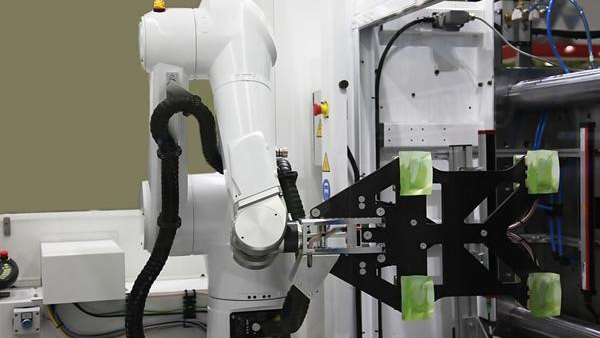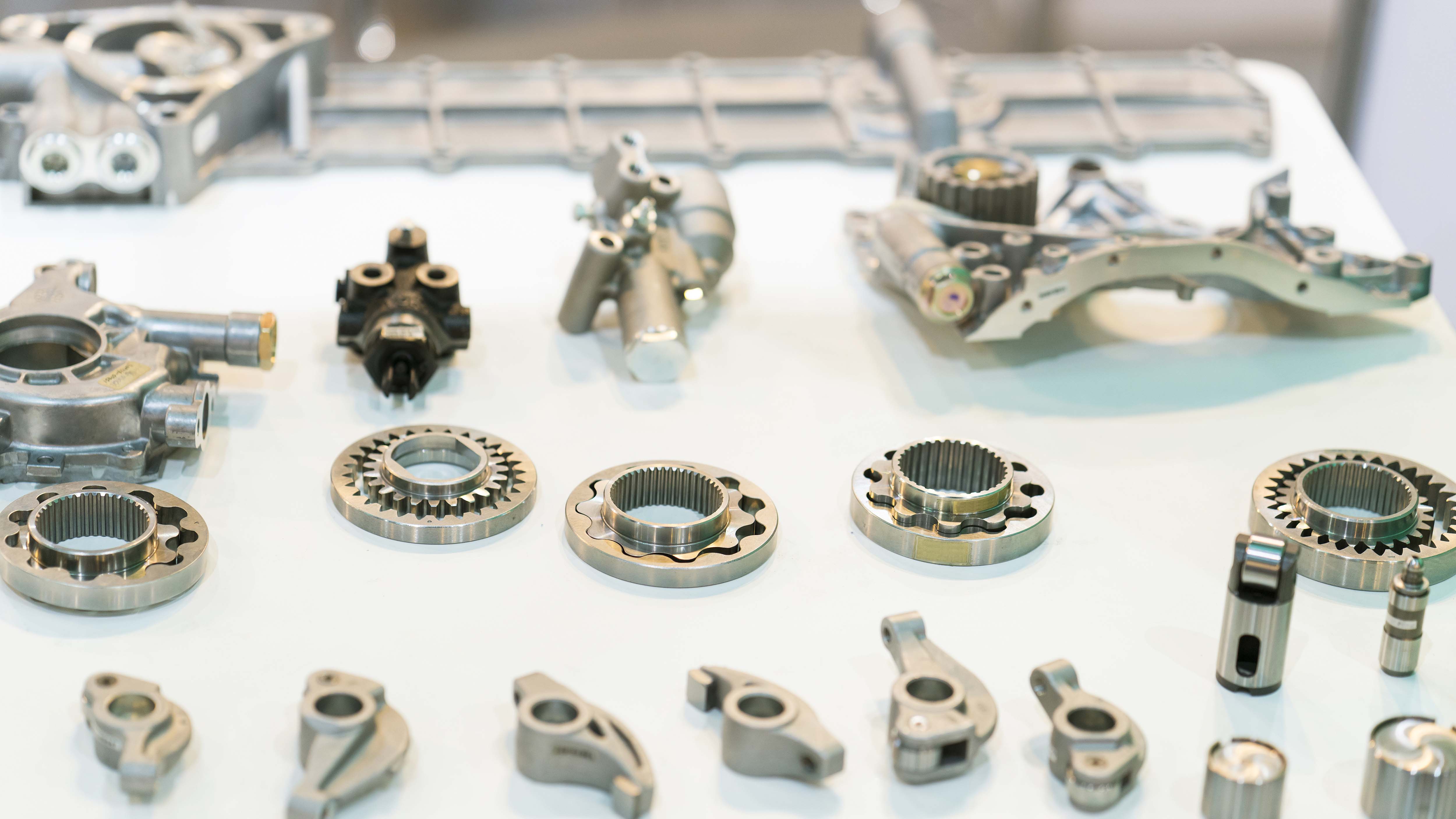Here is a detailed
introduction to Vacuum Casting, a pivotal technology in rapid prototyping and
low-volume manufacturing.
Vacuum Casting: A Detailed Overview
1. Executive Summary
Vacuum Casting, also known as Polyurethane
(PU) Casting or Urethane Casting, is
an advanced manufacturing process used to produce high-quality, functional
prototypes and end-use parts in small to medium volumes (typically 10-50 parts,
but up to 100+). It is renowned for replicating the properties of injection-molded
plastics without the high cost and lead time of production-grade tooling.
2. Core Principle & Process
The fundamental
principle of Vacuum Casting is replication. A
master model (a perfect 3D printed or CNC-machined pattern) is used to create a
flexible silicone mold. Under a vacuum, liquid polyurethane resin is poured
into this mold. The vacuum removes trapped air, ensuring a bubble-free,
high-fidelity copy of the master.
The process can be
broken down into these key stages:
Step 1: Creating the Master
Pattern
-
A
high-precision master model of the part is created. This is typically done
using SLA
(Stereolithography) or MJF (Multi Jet Fusion) 3D
printing, or CNC machining, to
achieve a flawless surface finish and accurate dimensions.
-
The master
pattern is meticulously finished (sanded, polished) and may be painted to
the desired final appearance.
Step 2: Sprueing and Mounting
-
The
master pattern is attached to a "spruing system" (gates and
runners) using wax rods or digital sprues. This creates channels for the
liquid resin to flow.
-
The
sprued master is then mounted onto a casting board or within a frame,
along with a pouring funnel.
Step 3: Creating the Silicone
Mold (Tooling)
-
The
mounted master is placed inside a casting box or frame.
-
A
two-part, heat-cured liquid silicone (RTV - Room Temperature Vulcanizing
silicone) is mixed and degassed in a vacuum chamber to remove air bubbles.
-
The
silicone is slowly poured over the master pattern inside the frame. The
entire assembly is then placed in a curing oven (typically at 40-70°C) for
several hours until the silicone becomes a solid, flexible block.
Step 4: Mold Cutting and Master
Removal
-
Once
cured, the solid silicone block is removed from the frame.
-
The
mold maker carefully cuts the block in half with a sharp blade. This cut
is not straight; it follows a complex path to ensure the master and
subsequent cast parts can be removed without damaging the mold cavity.
-
The
original master pattern is removed, leaving behind a perfect negative cavity
of the part within the silicone mold.
Step 5: Casting the Parts (The
Replication Cycle)
-
The
two halves of the silicone mold are closed and securely clamped.
-
Pre-measured
two-part polyurethane (PU) resin is mixed, often degassed in a vacuum
chamber to eliminate bubbles.
-
The
mold is placed into the vacuum casting machine. The
resin is poured into the mold's pouring funnel while the entire chamber is
under a vacuum.
-
The
vacuum ensures that air is evacuated from the complex cavities of the
mold, allowing the resin to fill every detail perfectly.
-
The
filled mold is then transferred to a curing oven. The PU resin cures in a
short time (30-90 minutes).
Step 6: De-molding and
Finishing
-
After
curing, the mold is opened, and the new polyurethane part is removed.
-
The
sprues and runners are cut off, and the part undergoes finishing
operations like sanding, painting, or surface texturing to meet the final
specifications.
-
The
silicone mold is now ready for the next casting cycle. A single mold can
typically produce 15-25 parts before the mold degrades and loses dimensional stability.
3. Key Characteristics & Advantages
-
Speed and
Cost-Effectiveness for Low Volumes: The
primary advantage. Creating a silicone mold is significantly faster and
cheaper than machining a steel or aluminum injection mold. It is ideal for
bridge manufacturing and market testing.
-
Excellent Material
Properties: A wide range of polyurethane resins is
available, capable of mimicking the properties of various engineering
plastics, such as:
-
ABS-like: Good impact strength and toughness.
-
PP-like (Polypropylene-like): Good flexibility and fatigue resistance.
-
PC-like (Polycarbonate-like): High strength and heat resistance.
-
Transparent/Glass-like: For lens and light guide prototypes.
-
Rubber-like (TPE/TPU-like): For flexible, over-molded, or soft-touch parts.
-
High Fidelity and
Surface Quality: Vacuum Casting produces parts with
excellent surface finish, fine detail, and sharp reproduction of textures.
The surface quality is often superior to direct 3D printing.
-
Multi-Material and
Multi-Color Possibilities: Techniques like over-molding are
possible, where a rigid part is cast first, then placed back into the mold
to cast a second, soft-touch material over it.
4. Limitations
-
Limited Mold Life: The
silicone mold wears out with each cycle due to thermal stress and
mechanical tearing during de-molding. The maximum number of copies per
mold is typically 25-50.
-
Lower
High-Temperature Resistance: While there are high-temperature
PU resins, they generally cannot match the long-term thermal stability of
true engineering thermoplastics.
-
Material
Differences: Although PU resins mimic many
properties, they are chemically different from production plastics and may
behave differently under prolonged stress or specific environmental
conditions.
-
Size Constraints: The
size of parts is limited by the chamber size of the vacuum casting
machine.
5. Comparison with Other Technologies
|
Feature
|
Vacuum Casting
|
Injection Molding
|
3D Printing (SLA, SLS, FDM)
|
|
Best For
|
10 - 50+ parts, functional
prototypes, appearance models.
|
1,000 - 1,000,000+ parts, mass
production.
|
1 - 10 parts, concept
models, rapid iteration.
|
|
Tooling
|
Low-cost, fast silicone molds.
|
High-cost, slow steel/aluminum molds.
|
No tooling required.
|
|
Lead Time
|
Short for low volumes (days/weeks).
|
Very long for tooling, then very fast per
part.
|
Very short (hours/days).
|
|
Part Cost
|
Moderate per-part cost.
|
Very low per-part cost (after amortizing tooling).
|
High per-part cost.
|
|
Surface Finish
|
Excellent,
injection-molding quality.
|
Excellent.
|
Good to Fair (layer lines visible).
|
|
Material Choice
|
Wide range of mimicking PU resins.
|
Vast range of production thermoplastics.
|
Limited to specific printing polymers.
|
6. Common Applications
-
Functional
Prototyping: Testing the form, fit, and function of
a design.
-
Pre-Production /
Bridge Manufacturing: Creating parts for market testing,
clinical trials, or sales samples before committing to expensive injection
molds.
-
Appearance Models
and Sales Demos: High-fidelity models that look and
feel like the final product.
-
Small-Batch
Production: For niche products, custom parts, or
industries where volumes are low.
-
Over-molded Parts: Creating products with soft-touch grips or multi-material components.
In summary, Vacuum Casting is the
indispensable link between one-off prototyping and mass production,
enabling companies to de-risk the product development process and bring
high-quality products to market faster and more cost-effectively.










